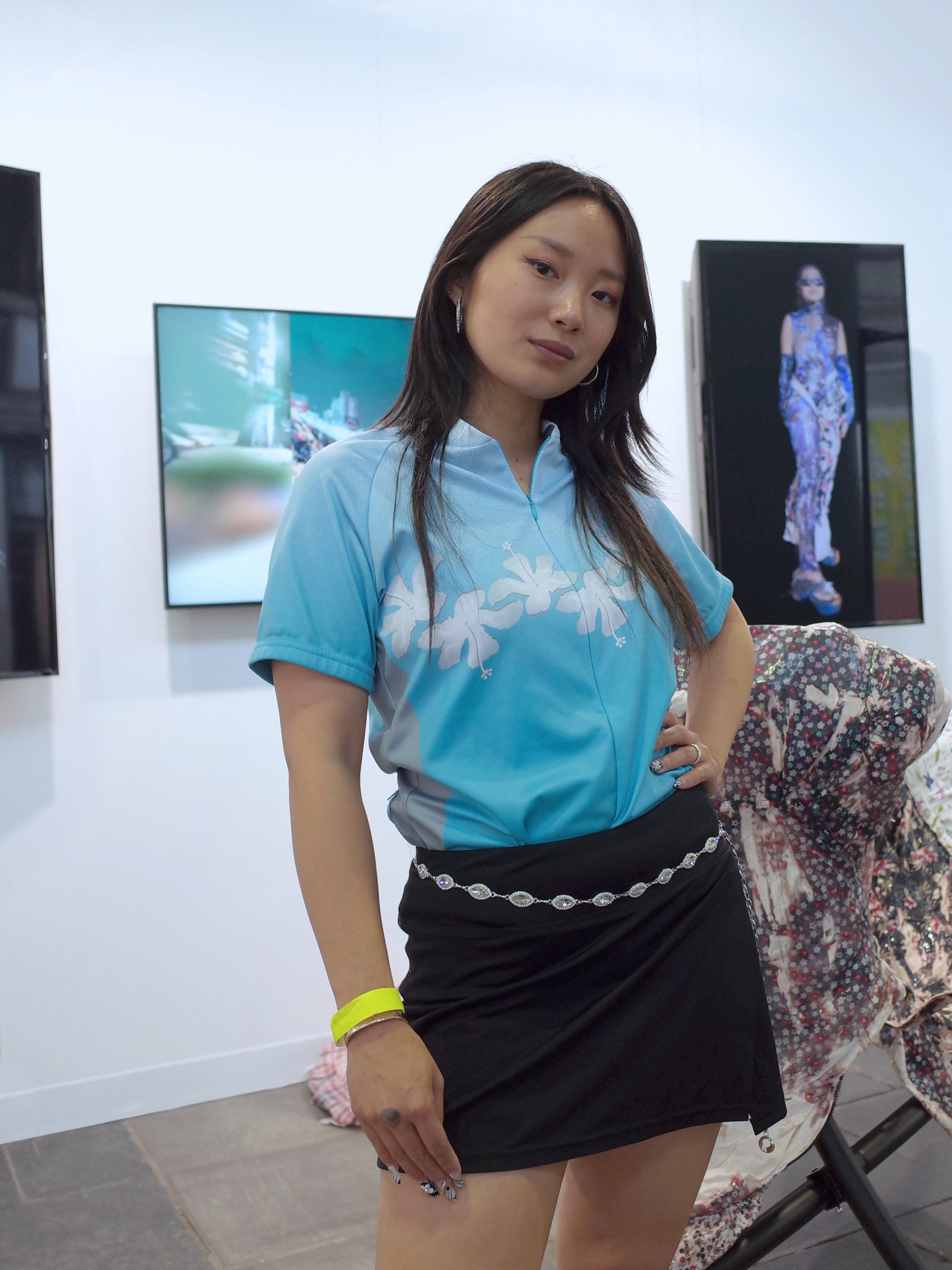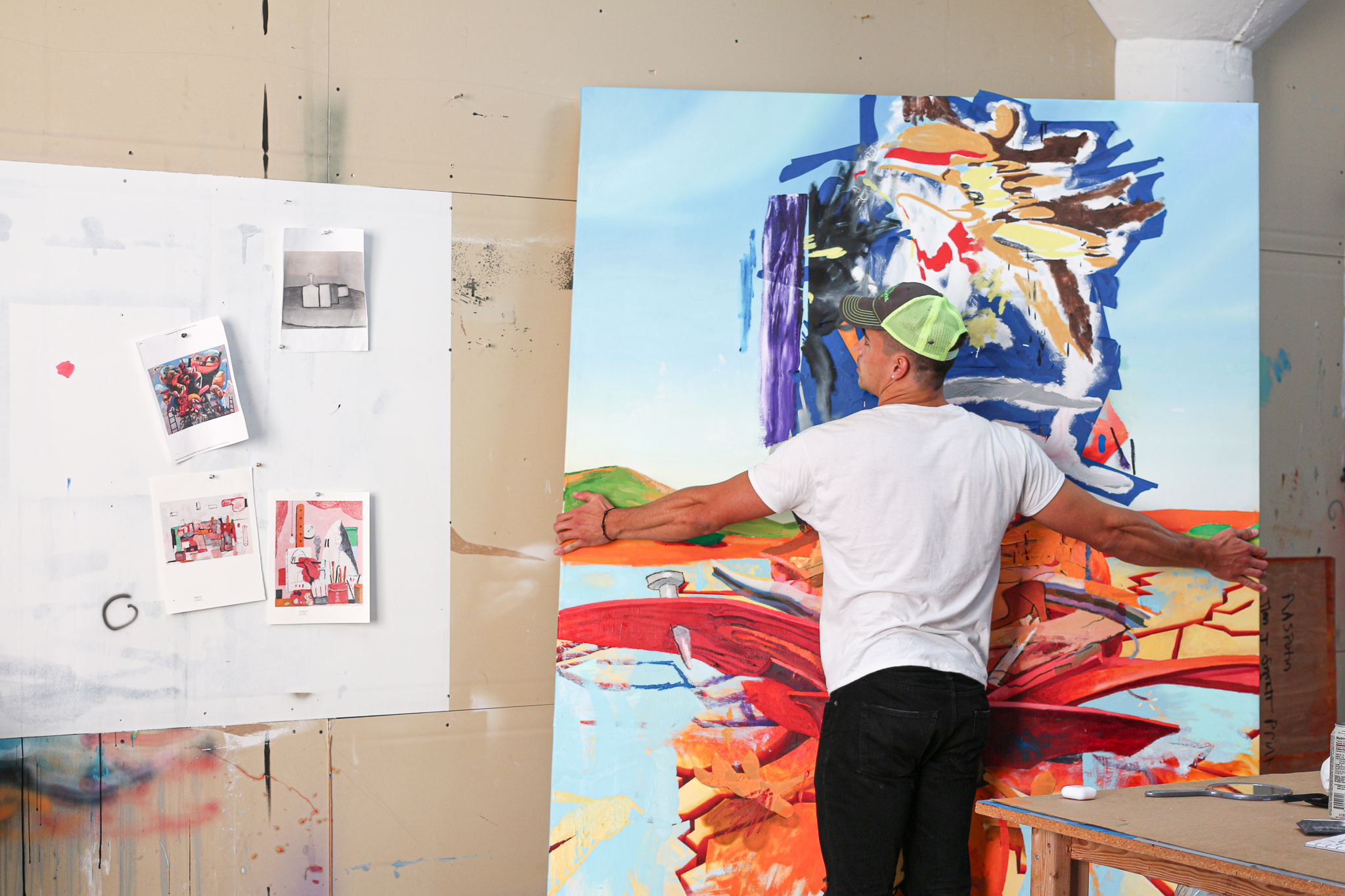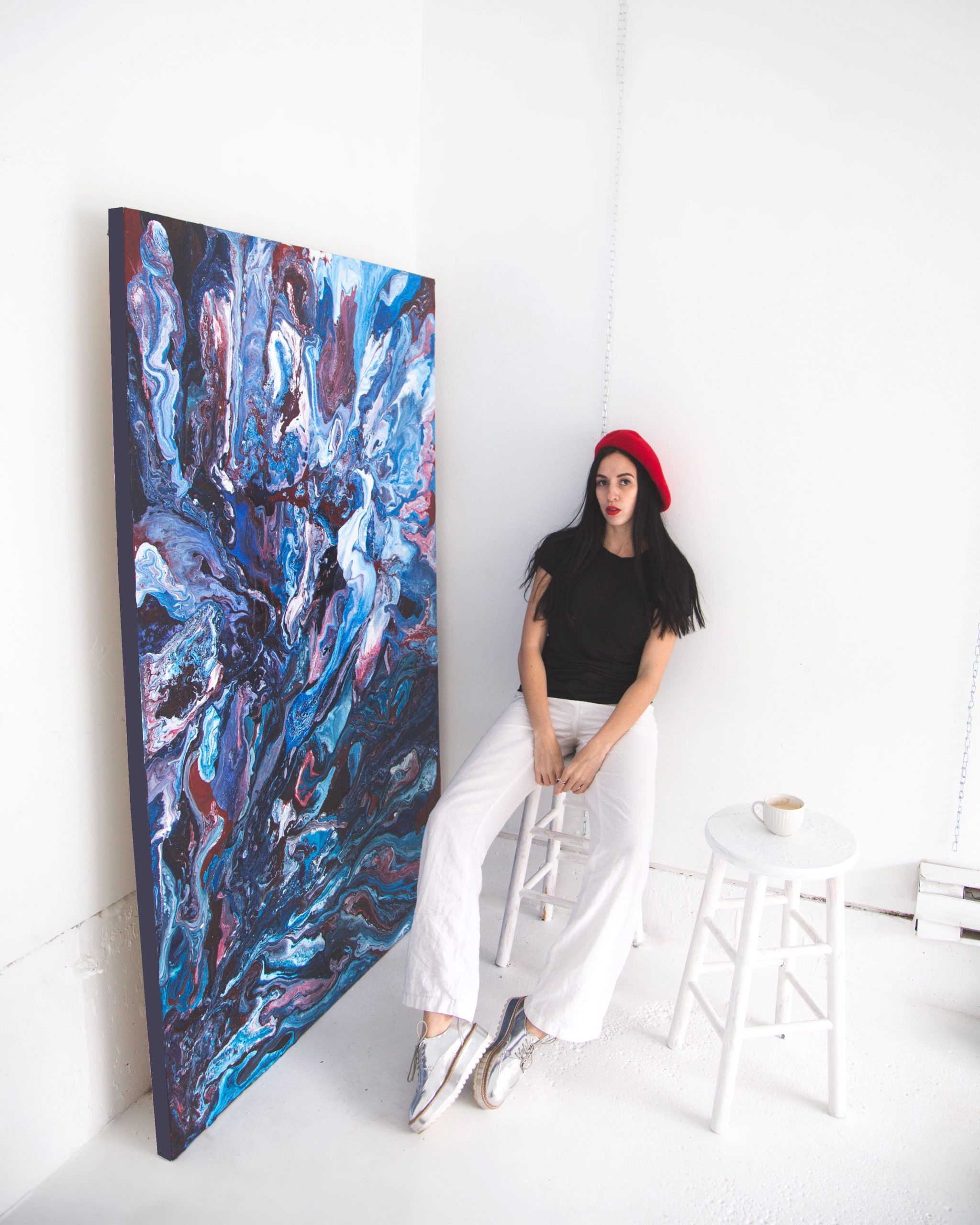Some philosophers, scientists, and conspiracy theorists through time have predicted a bleak future for us. These predictions include comets, natural disasters, and Trump being the end of all humanity, but nothing has made these predictions more valid until Covid-19 began.
Luckily we have individuals who find their identity from learning and breaking away from tradition.
2020 has been a defining year for our generation and the times before it. With record number deaths, job losses, and almost totalitarian world precautions to save lives, people have been isolated in their homes with little to no contact from the outside world. This current (and for some) much-needed isolation provides many with time to reflect on the world and themselves, figuring out and creating ways to improve and make the world better through change.
This slideshow requires JavaScript.
The new-normal is a term often said lately as we let go of what was once traditional and transition into the new unknown. The struggle of letting go. The need to uphold tradition in order to keep one's identity is part of a pattern that most people struggle within their day to day lives. Whether it’s monuments, events, actions and art, we perpetuate reverence among these even if it's detrimental and unconducive to our overall growth. Luckily we have individuals who find their identity from learning and breaking away from tradition.
For whom am I creating designs and art projects? For what purpose?
Vietnamese born, Berlin-based Artist and Fashion Designer Tra-My Nguyen creates her future by being true to her roots. Her work promotes not only the beauty of aesthetics but awareness. Her art and voice in the creative world promote sustainability as well as advocacy for social/racial justice. By using Vietnamese cultural trademarks and digital design, she’s bridged the gap of fashion between art that both the young and old can connect with.

1. Where were you born?
I was born in Hanoi, Vietnam.
2. Though you're currently living in Berlin. How has Berlin/German culture influenced you as an artist?
I immigrated to Germany when I was 7, not knowing the language, and going to a new school was an experience influencing my whole life. Gladly, I learned the language and met new friends fast. So when I got older I was restless and always wanted to always move somewhere abroad because I got bored easily wherever I lived. This has influenced my artistic approach as I need to work on different mediums as I need variations of different tasks.
3. How has the current climate of the world in 2020 changed the way you create?
This year’s climate has impacted me and many other artists and designers. It challenges me to rethink my artistic approach. For whom am I creating designs and art projects? For what purpose?
My artistic background is fashion design. This year, I have come to the realization that I don’t feel comfortable designing ‘beautiful’ fashion commodities. My practice has evolved into something more interdisciplinary. For example, I am working on video installations and sculptures which I am very happy about. Thus, I feel more confident in my practice as I can create works more freely with various mediums. Also, my goal for this year is to do more collaborations with other artists.
4. Do you believe art and fashion go hand to hand or should be left in their own mediums?
I do think it is imperative to intersect art and fashion practices, therein conveying different perspectives.

5. Do you connect more as an artist or fashion designer?
I cannot define and identify my practice with only one medium. It is in instant interaction with one another. Each medium is imperative for my artistic approach.
6. What are you currently working on?
Right now, I am researching for my next project which will be a new video and a web-based installation.
7. Your art has a strong sense of pride in Vietnamese tradition. Given your upbringing and how it translates into your art, how important is it for an artist to know and maintain their roots in the creative world?
To thematize my diasporic roots is a way of healing for me. I can reflect on and understand my Vietnamese background better. This makes my art more personal and meaningful to me and to the viewer. Therefore, it is important for me to deconstruct my roots to draw strength in creating new works.
8. Some may say that tradition can be often can be limiting in terms of one's expansion. Yes, we learn from history, but also tradition has plagued some to repeat the past. Do you feel as an artist one can use tradition simply to modify into something new or is it best for an artist to denounce tradition and create something new from scratch?
I think it depends on the context. My way is to deconstruct and reimagine traditions to create something new. Oftentimes, I like to use speculative narratives, for example, utopian storytelling, in my work to convey another level of perspectives and meanings of traditions.
9. Speaking of rebelling against tradition, we live in a time where subculture has become far and few due to the internet. Culture can be purchased rather than experienced which leaves people with less of a strong identity. How important is the preservation of one's culture to you?
Preservation of culture means for me keeping the culture of memory alive. It is important to learn from cultures’ history and compare it to the now. Where is it coming from and what is the impact of it? We can learn from the past and transform it into the now and the future.
10. Just recently you made a post on social media about the ruthlessness of the fashion industry when comes to stealing creative IP. To add context, you recently made a collection of car covered clothes used for cars and motorbikes that garnered the attention of fashion label, Balenciaga. Soon after your concept and ideas were not only taken by the company but manufactured and displayed for their brand's spring/summer collection. How did that come about?
This slideshow requires JavaScript.
A ‘recruiter’ from that brand came to my university’s ateliers to have a look over our master’s fashion design projects and to get to know the fashion design students. While we were presenting our work, she took picture of our working space and mood board. After the visit, she requested my portfolio. In the following October 2019, she requested my portfolio again, asking me to insert also my newest work. I send her my portfolio, but she never replied. In July 2020, I saw the brand’s post on IG: a copy of my work — wrapped clothes over a motorbike. There was no credit under the post. After my outcall of this incident, they never reached out to me personally, nor apologized to me.
11. This is an often common issue between creatives and brands, yet some don't take the action you do to expose it due to fear and modest association. What is the importance of one's creative property to be fought for and what are the actions one should take to take ownership of their creations when it comes to business endeavors?
It is very important to acknowledge one’s creative property as it is something deeply personal. Therefore, it needs to be protected. You are creating work and putting on a lot of not only effort by producing it, but also putting emotional labor into it. One day you can feel super proud of yourself and your work, and on another day you can feel insecure about it. That is the reason why I chose to fight for my creative property. I made an outcall most importantly for myself and not for the brand which stole my work. It was for me a healing process. I had to write down what I felt when I saw their stolen idea. It came very naturally for me to write down my emotions. I think every designer/artist should decide for themselves, whether they want to take action against big corporates. I can understand the fear of anxiety that comes with it. But I hope with my and many other outcalls against big fashion corporates, people feel more encouraged to do the same.
12. What do you propose artists/ fashion designers do to move forward with a brand that wants to use their ideas, but not take advantage of them?
Do your own thing. Collaborate with other emerging artists/designers. Do not work for free for big brands and they need to credit you.
13. Tradition aside. How do you see your future as a creative and what do you hope to accomplish moving forward?
I would like to create more interdisciplinary projects and I hope to receive artist's grants.
This slideshow requires JavaScript.










You must be logged in to post a comment.